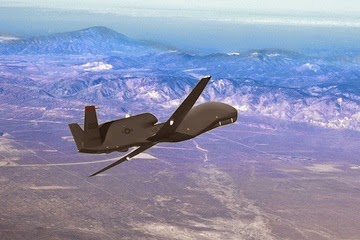Ask one technologist and he or she might say that lethal autonomous weapons — machines that can select and destroy targets without human intervention — are the next step in modern warfare, a natural evolution beyond today's remotely operated drones and unmanned ground vehicles. Others will decry such systems as an abomination and a threat to International Humanitarian Law (IHL), or the Law of Armed
Conflict.
The U.N. Human Rights Council has, for now, called for a moratorium on the development of killer robots. But activist groups like the International Committee for Robot Arms Control (ICRAC) want to see this class of weapon completely banned. The question is whether it is too early — or too late — for a blanket prohibition. Indeed, depending how one defines "autonomy," such systems are already in use.
From stones to arrows to ballistic missiles, human beings have always tried to curtail their direct involvement in combat, said Ronald Arkin, acomputer scientist at Georgia Institute of Technology. Military robots are just more of the same. With autonomous systems, people no longer do the targeting, but they still program, activate and deploy these weapons.

No comments:
Post a Comment